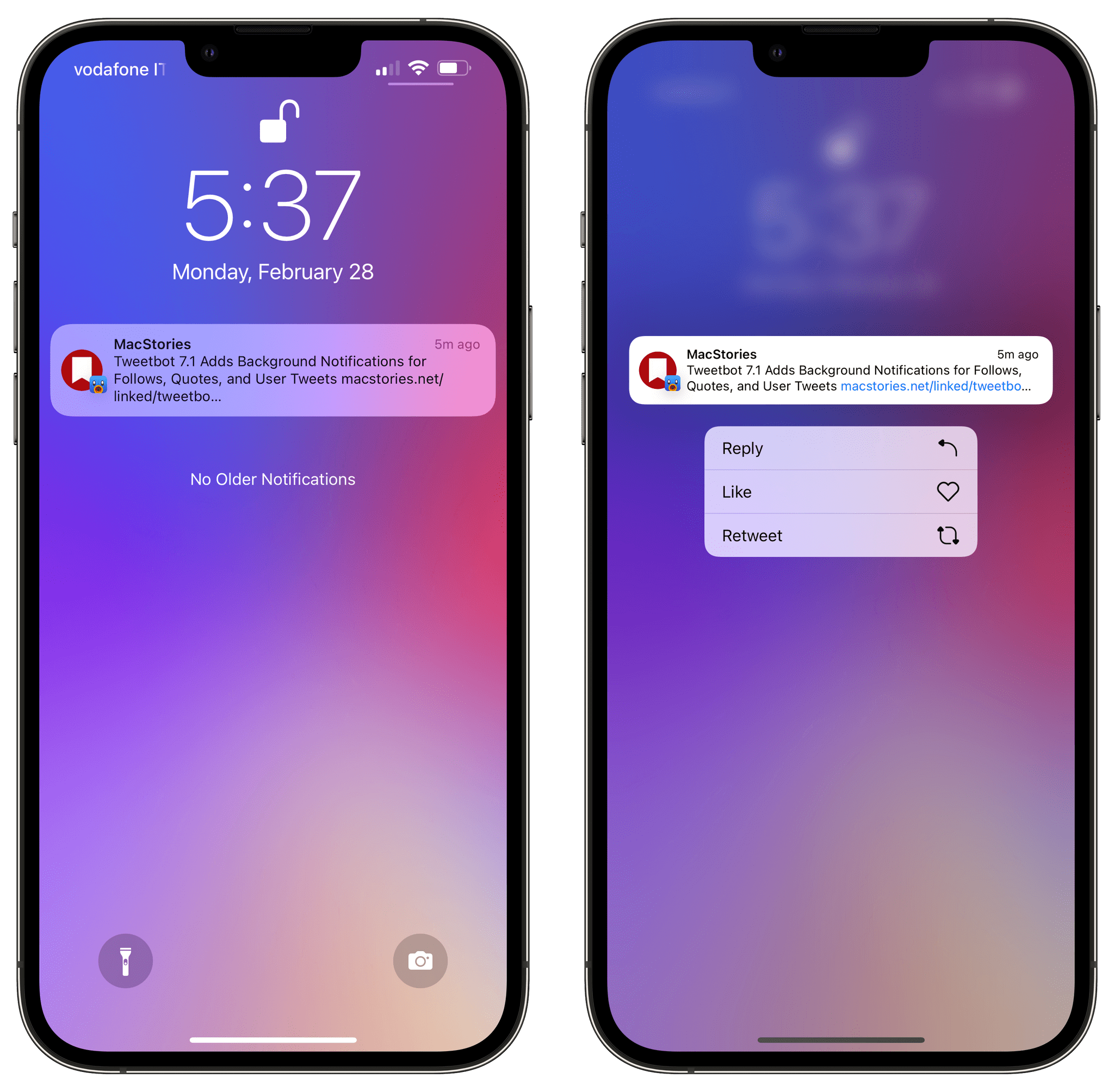John Porter writing for The Verge puts a finger on a strategic shift that has slowly been emerging at Apple for a while.
Summoning the era of butterfly keyboards and the Mac Pro’s infamous thermal corner, Porter says:
There was a time not long ago when it seemed like Apple spent more time telling its customers what they wanted rather than just giving it to them.
with yesterday’s announcements, which include the powerful and port-rich Mac Studio and a new monitor that costs a fraction of the price of Apple’s previous attempt, Apple is now consistently doling out consumer-friendly features its fans have been calling for.
Porter traces the roots of Apple’s shift in approach back to 2017 when the company gathered a small group of writers to announce that it was hitting reset on the Mac Pro. Two years later, Apple introduced a new Mac Pro, and ever since then, there’s been a steady stream of devices released that underscore the company’s new hardware approach.
Reading the tea leaves to discern strategic shifts like this is always fraught with peril, but I think Porter is onto something. As he lays out, there are plenty of signs of the shift stretching back five years, and no better evidence than the Mac Studio, which is bristling with utilitarian conveniences like ports and an SD card slot on the front of the computer and plenty of other I/O options tucked away on the rear of the machine.
Apple’s shift has left users with an abundance of excellent computing options. Next, I hope we see a similar shift in the company’s approach to its software, concentrating on taking better advantage of the devices now available to users.








](https://cdn.macstories.net/banneras-1629219199428.png)

